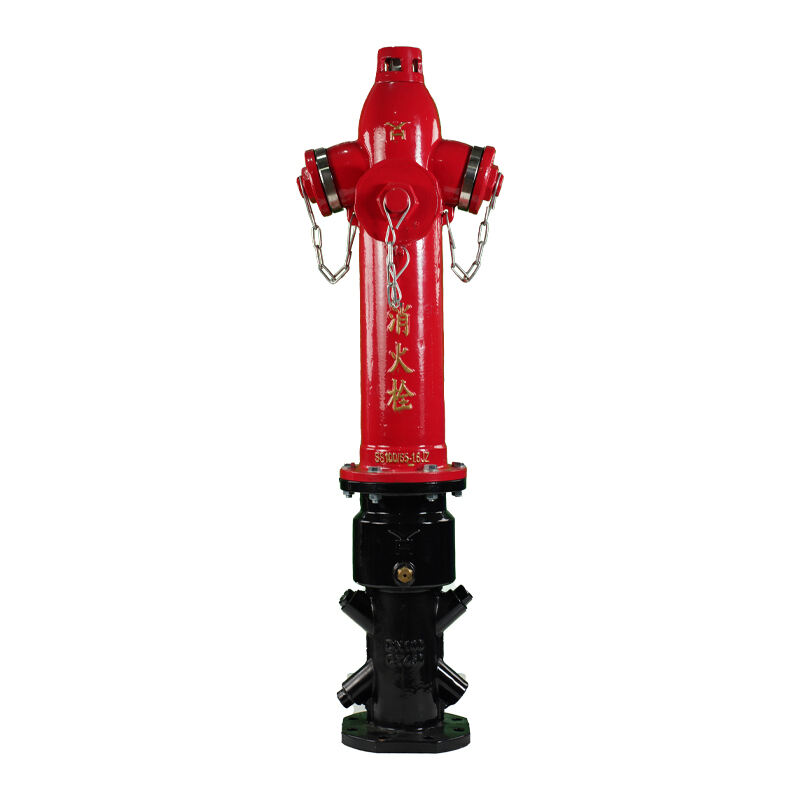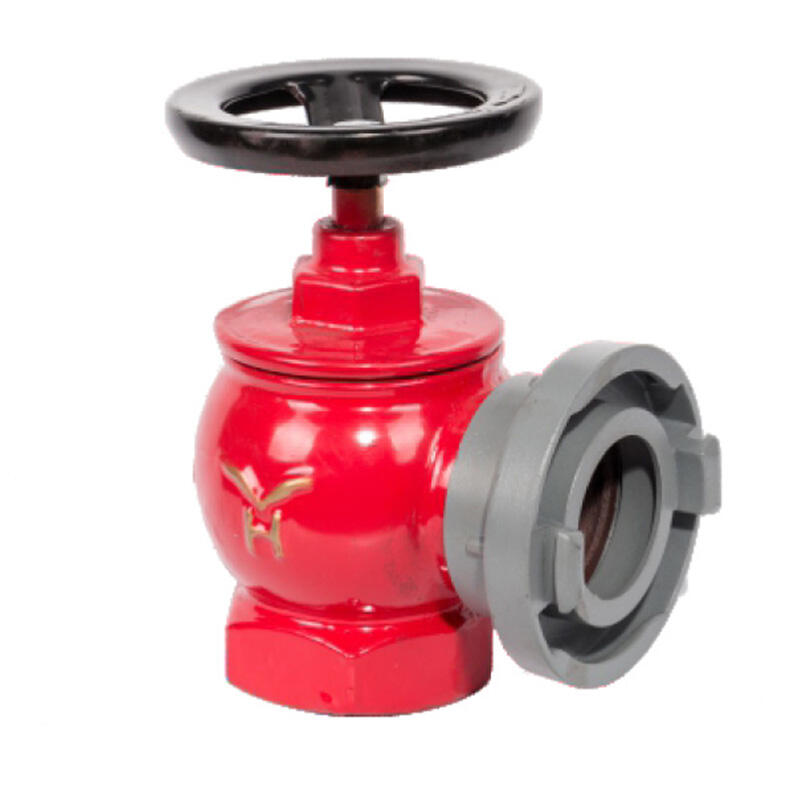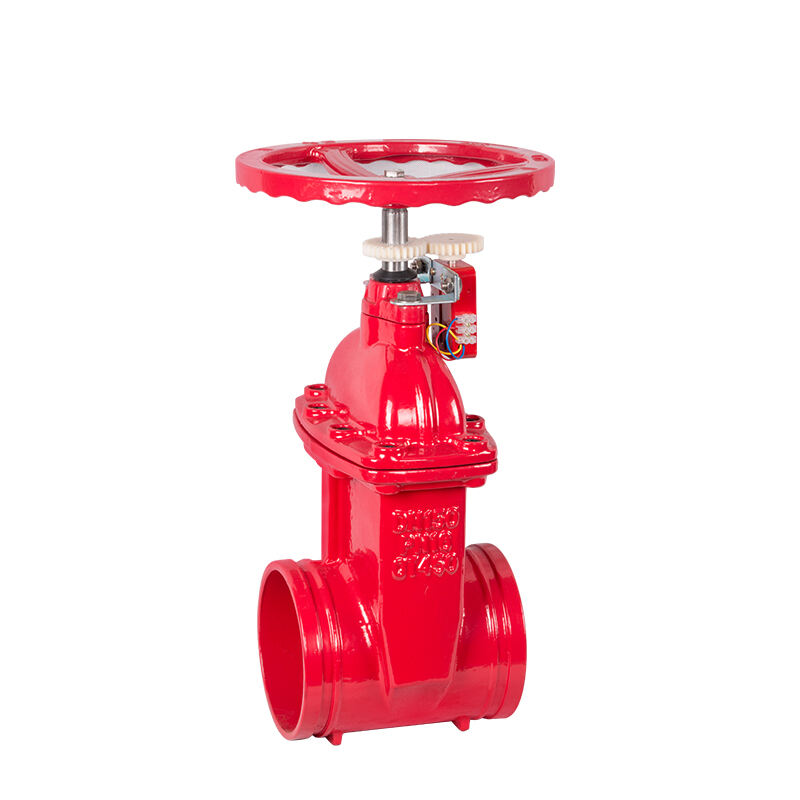wharf fire hydrant
A wharf fire hydrant is a specialized firefighting apparatus designed specifically for maritime and port environments, serving as a crucial safety infrastructure element in dock areas. These robust systems are engineered to deliver high-volume water flow at consistent pressure, making them indispensable for fire protection in waterfront facilities. The hydrant features corrosion-resistant materials and specialized coatings to withstand harsh marine environments, including exposure to saltwater and extreme weather conditions. Its design typically includes a standpipe system that can be easily accessed from both the wharf level and visiting vessels, allowing for quick connection of fire hoses during emergencies. The system incorporates advanced pressure regulation mechanisms to maintain optimal water flow regardless of tidal changes or vessel movements. Modern wharf hydrants are equipped with smart monitoring capabilities that can detect pressure drops, potential leaks, or system failures, ensuring continuous operational readiness. These units are typically integrated into a broader port safety infrastructure, connected to dedicated water mains that can supply both freshwater and seawater when necessary. The installation includes special considerations for freeze protection in cold climates and heat resistance in tropical environments, making them reliable year-round safety assets.


